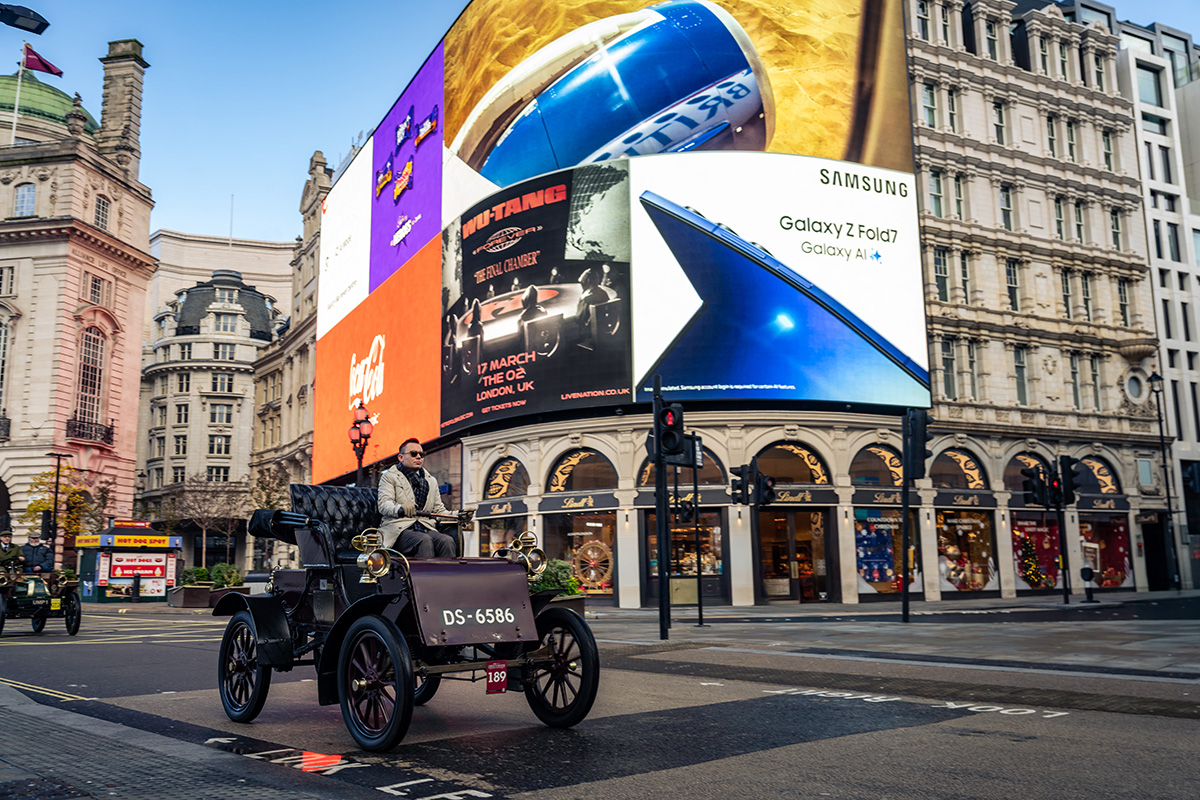Author: Nik Berg
Memory lane is a little more harsh than I expected. A gap of 25 years since I last drove an Ariel Atom has diluted my recall of the full-body fizz that accompanies this revolutionary sports car.
This rekindled excitement starts the moment its mid-mounted 1.8-litre Rover K-Series engine fires up, and only grows more extreme with every increased revolution. Rigidly mounted to the Atom’s exoskeleton, its vibrations travel through the steering column, seat base, even the pedals. The faster I go, the bigger the buzz, figuratively and literally.
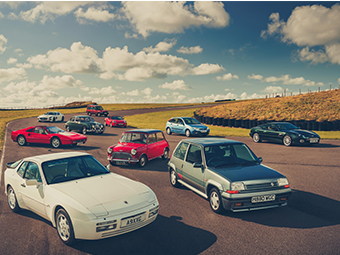
There’s ‘only’ 125 bhp, and to find it I need to rev that Rover unit to 5,500 rpm, tingles intensifying all the time. With the Atom weighing in at under 500 kg it feels plenty quick in isolation (0-60 takes 5.6 seconds), but there’s no hope of keeping up with the Atom 4 that’s ahead of me.
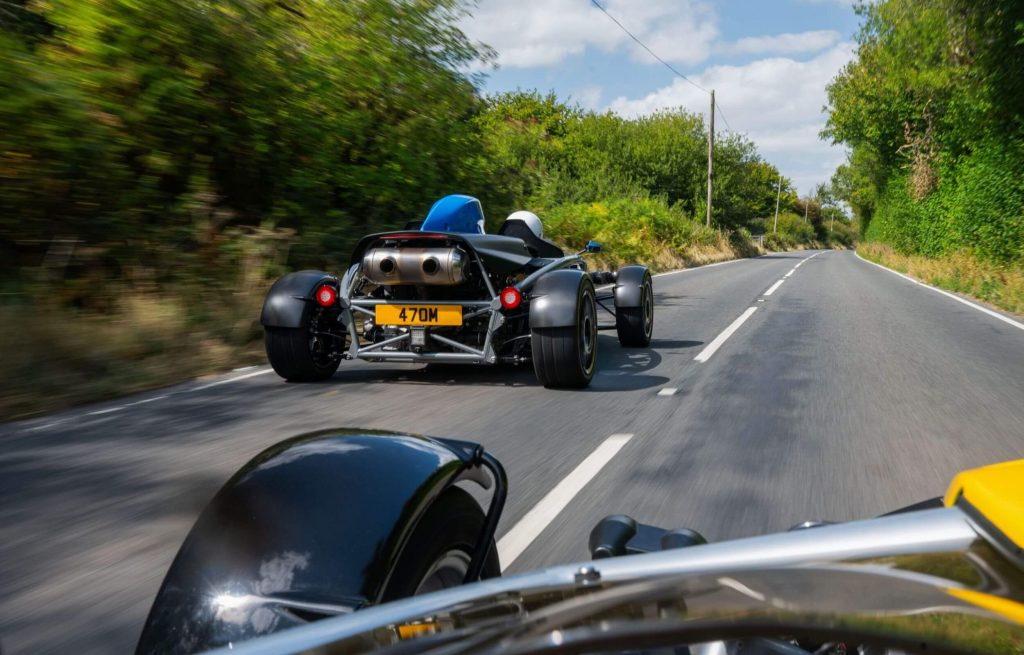
I’ll get to that shortly, but in the meantime let’s hear from Ariel boss Simon Saunders about how he first came up with the concept for this bare-bones British sports car. As a designer for General Motors and Aston Martin, among others, Saunders had worked at both ends of the automotive spectrum; mass-market and low-cost, and low-volume, money-no-object.
“I’ve seen both ends of the market, and what’s good at one doesn’t work in another,” he says. “What we’re trying to do here is make a make a virtue of being small, and make a virtue out of the production process, as you can do at low volume. But I’d always had a bit of a hobby horse about low-volume cars and getting design into them, because I’m a designer.”
“I had a gut feeling that there’s a set of ingredients in there, which obviously work because it’s survived the test of time and that there’s an appetite for a simple, low-volume car, and also one that’s virtue is its weight.”
He experimented with several designs while teaching before finally taking the plunge and buying the Ariel brand. “I was working part time as a Senior Lecturer in transport design. One of the students actually said to me, one day, in jest slightly, “Is it true what they say? People who do, do, and people who don’t, teach?”
“I won’t say that was the instigator, but I’d designed loads of lightweight cars for people who never took up the challenge. So, I thought, ‘I’ll do it myself.’ The basis of the Atom was a lightweight car, which made a virtue of the fact that it doesn’t have to be that powerful. It was about the power-to-weight ratio because it was simple and light.”
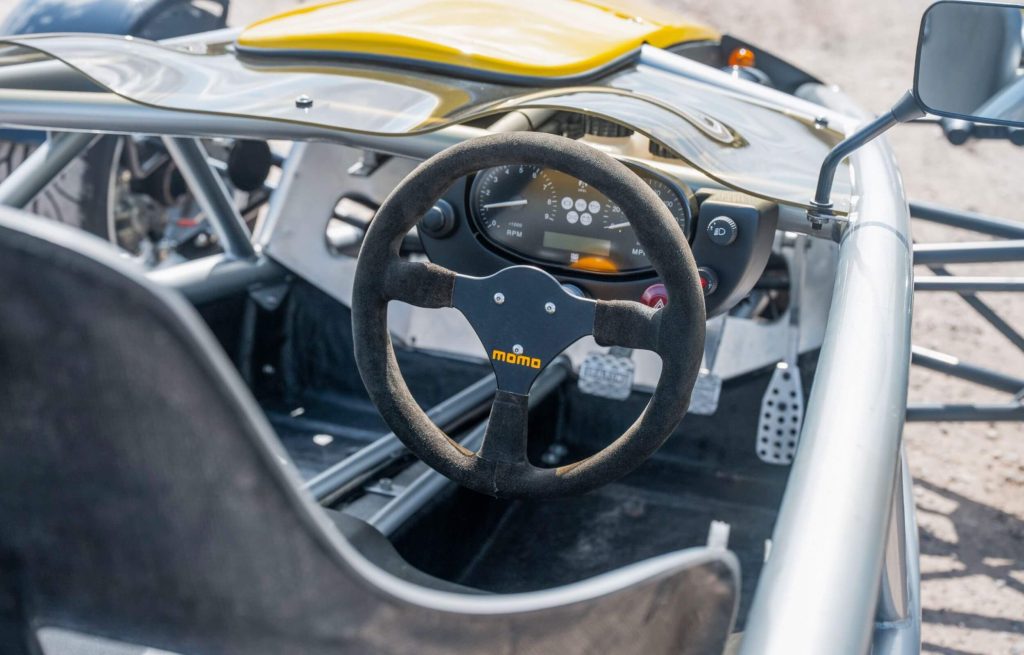
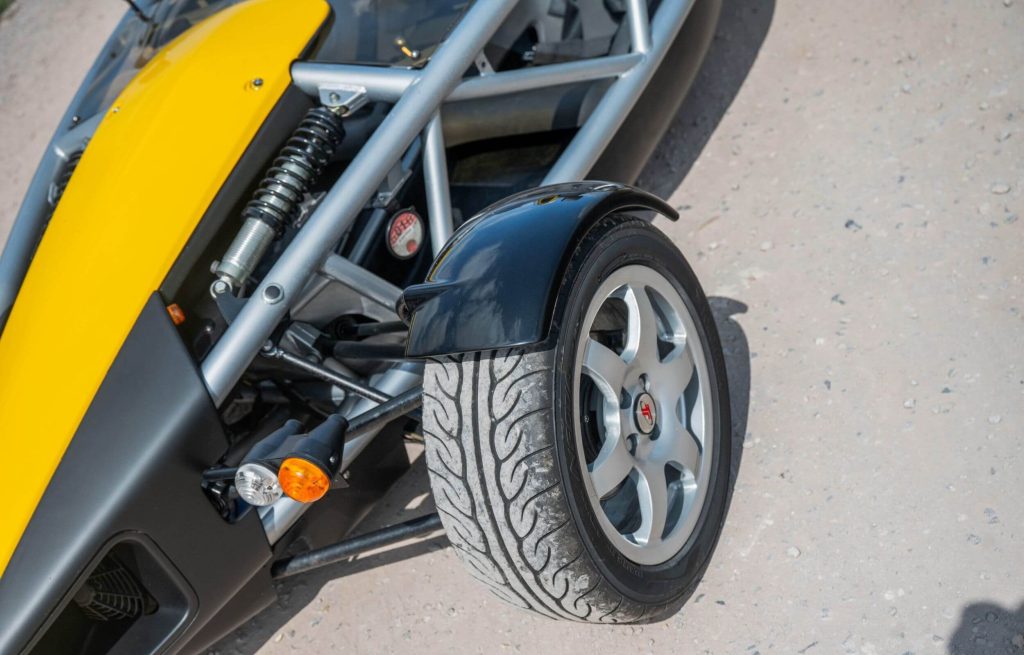

It certainly is. In the Atom 1, there aren’t even any seat adjusters, and setting the driving position requires the use of a spanner to position the single-piece plastic combination driver and passenger seat. There’s no padding either, so those vibes from the engine travel straight up my spine as well as through my arms and feet.
What else is missing? A windscreen, bodywork of any note, driver aids, and in-car entertainment. However, what’s gained is a truly undiluted analog driving experience.
The unassisted steering is feelsome as soon as I start rolling, the little Momo wheel letting my finger tips read the road like Braille. The suspension is more compliant than I’d remembered, although the seat is unforgiving. Rover’s five-speed manual transmission is slick enough, although not so eager to be hurried.
Specs: 2000 Ariel Atom
- Price: £16,995 (from £20,000 today)
- Powertrain: 1.8-liter DOHC inline-four; five-speed manual
- Output: 125 bhp @ 5550 rpm; 122 lb-ft @ 3000 rpm
- Layout: Mid-engine, rear-wheel-drive
- Weight: 496 kg
- 0–60 mph: 5.6 seconds
- Top Speed: 115 mph
Despite being so exposed to the elements, I feel reassuringly safe behind the thick steel tubes that form the Atom’s frame, while wearing a full-face crash helmet also helps. The chassis extends up higher than in a Caterham and the driving position is raised in comparison, which all adds to a sense of security.
In the dry, and in this base specification, the mid-mounted K-Series engine isn’t going to overwhelm the rear tyres without a clutch-dumping provocation, and it’s easy to use all the power available without reaching license-losing speeds.
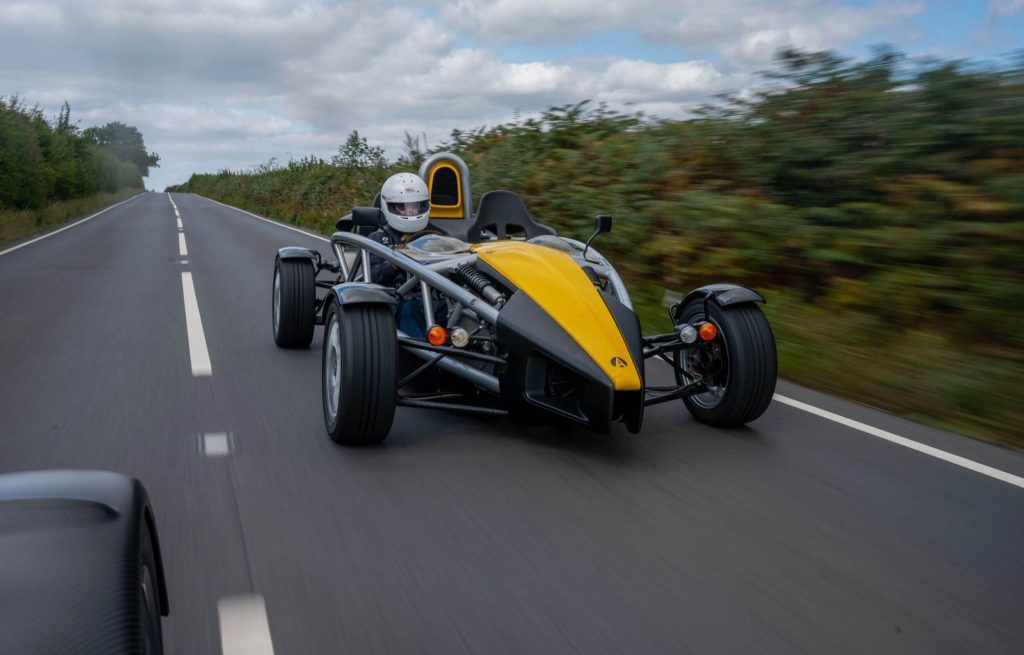
The same cannot be said for the Atom 4. With its two-liter turbocharged Honda Type R engine putting out 350 bhp and the car weighing barely 100 kg more than the original car, the performance differential is staggering. Call it progress; call it scary.
Doubling the power essentially halves the Atom’s 0-60 mph time, dispatching this benchmark in 2.8 seconds, before reaching 100 mph in 6.8 seconds. That’s quicker than a Ferrari 12 Cilindri for goodness’ sake.
The way that the Atom 4 delivers its punch is completely different to the OG car. With a thump of boost coming in from 3,000 revs to the red line, vanishing points simply vanish. The low inertia of the motor also means it’s a challenge to catch the shift lights on the digital race dash just right and not bounce off the limiter, but the six-speed, traditional H-pattern transmission is slick and fast, which helps.
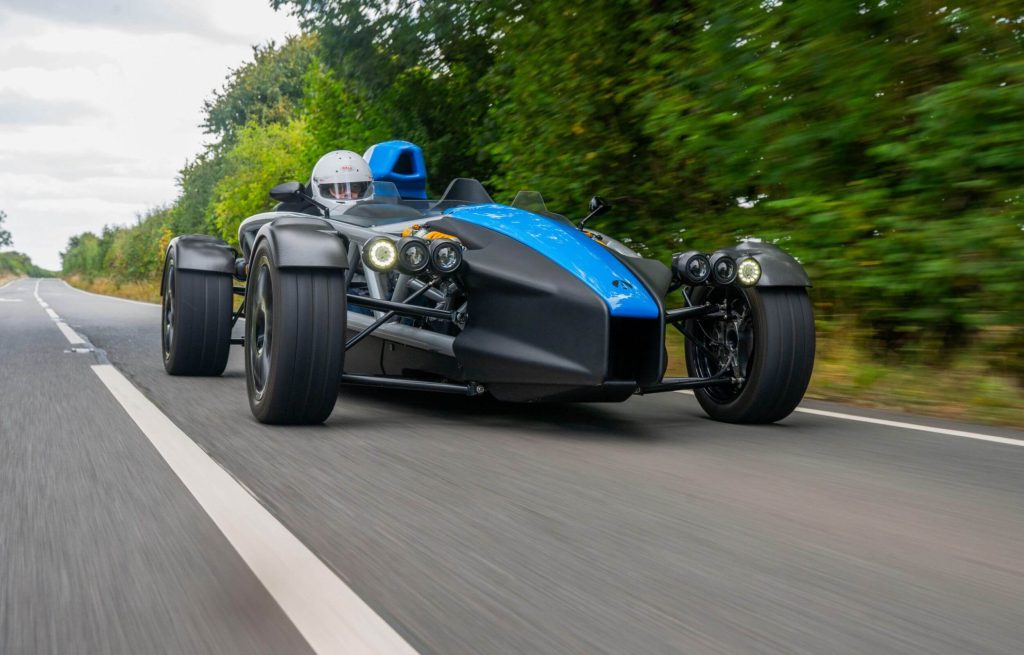
Ariel has taken some responsibility for this great power by adding in switchable traction and launch control, adjustable brake bias, and a selection of engine maps to suit road conditions and driver talent. The suspension can also be adjusted, although not on the fly. It’s set stiffer than the Atom 1 but there’s still some give, thanks to the new tubular chassis design offering up even more torsional rigidity, without inherently changing the car’s appearance.
Specs: 2025 Ariel Atom
- Price: £40,000
- Powertrain: 2.0-litre turbocharged DOHC inline-four; six-speed manual
- Output: 350 bhp @ 3,500 rpm; 310 lb-ft @ 3,000 rpm
- Layout: Mid-engine, rear-wheel-drive
- Weight: 595 kg
- 0–60 mph: 2.8 seconds
- Top Speed: 162 mph
At just two turns lock-to-lock the steering is fast and direct, perhaps a tad edgy for bumpy roads, but ideal on a smooth circuit. That’s now become the Atom’s natural habitat, because when dialed up to maximum, the car’s potential far exceeds the limits of road driving. Turn it down a few notches, though, and the 4 is much more refined that the first Atom, with none of the spine-tingling vibrations that I can still feel days afterwards.
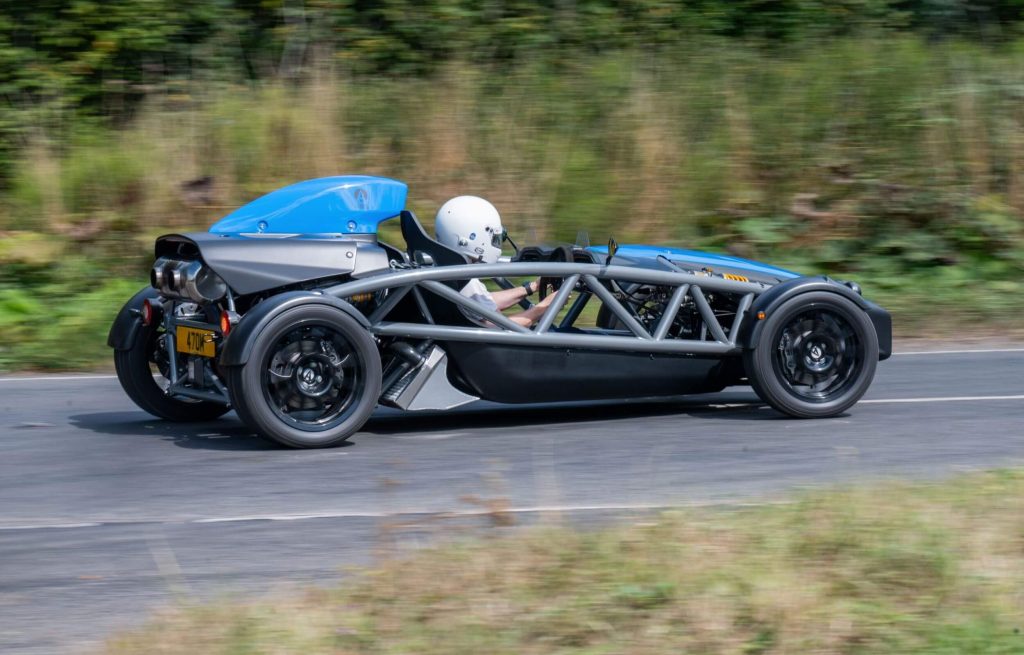
Ironically, despite the massive leap in the Atom’s abilities over the last 25 years, Saunders is actually considering taking a step backward. “There is this inherent human thing that we want to go faster, and we can do this. But better is not necessarily faster. Maybe there are some lessons to be learned, because whether it’s one of our cars or a Range Rover, as they get ‘better,’ they tend to get heavier and more expensive. So, at some point, you maybe need to go back, and say actually, what is better?”
The gulf between Atom 1 and Atom 4 makes it impossible to argue that the original is superior, but something in between might be just the ticket.
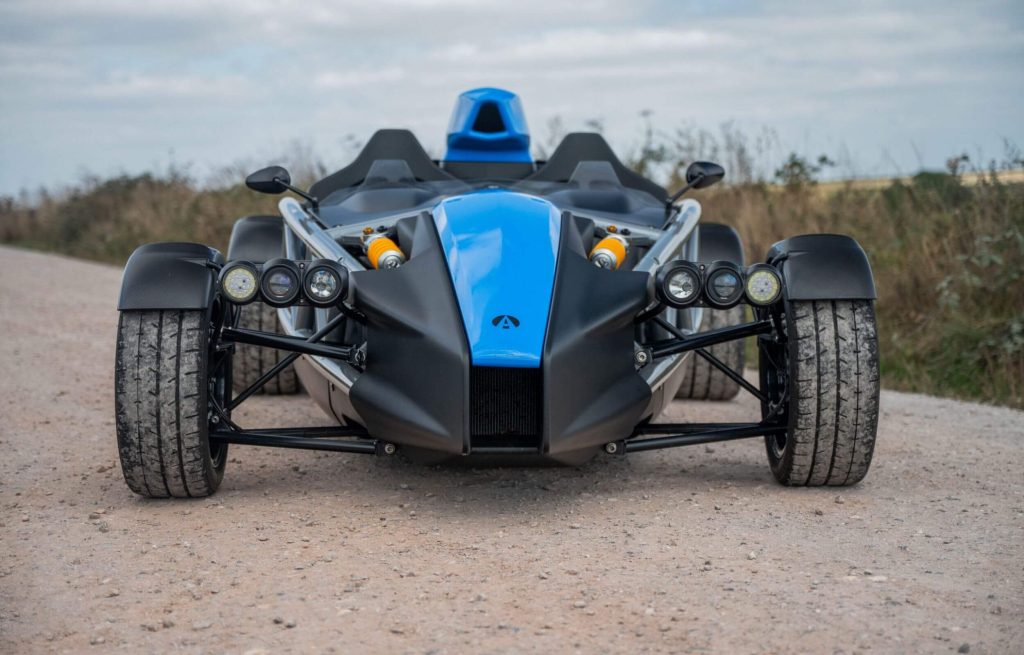
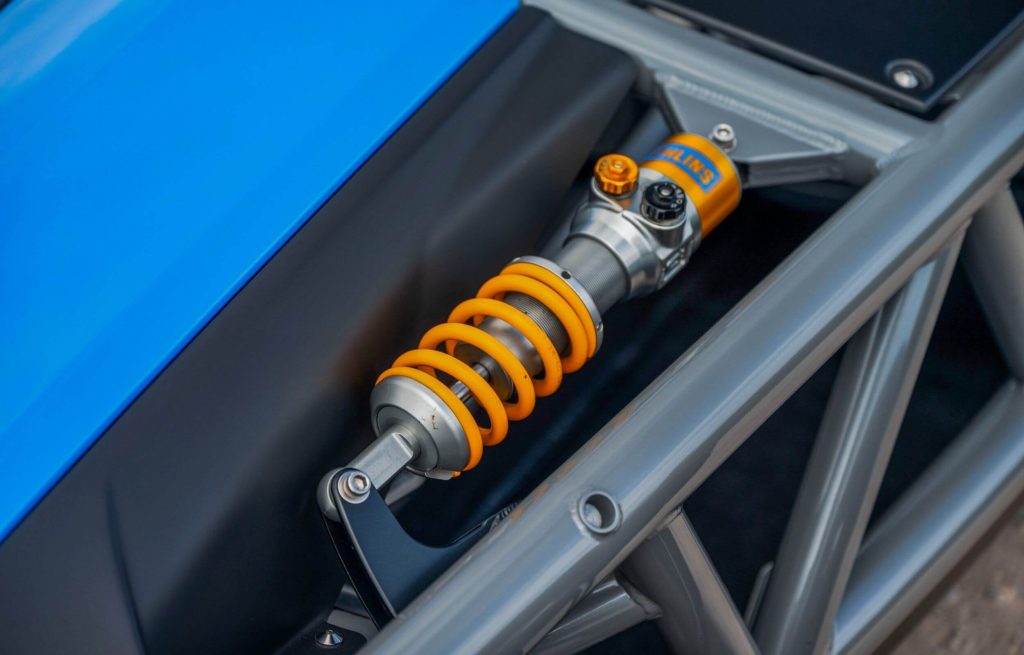
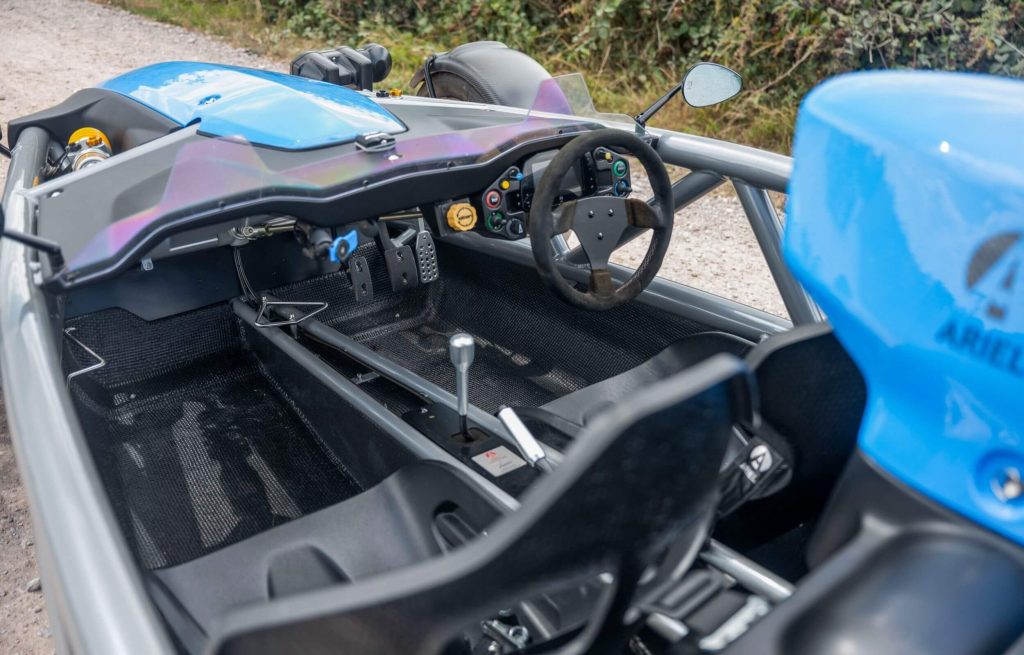
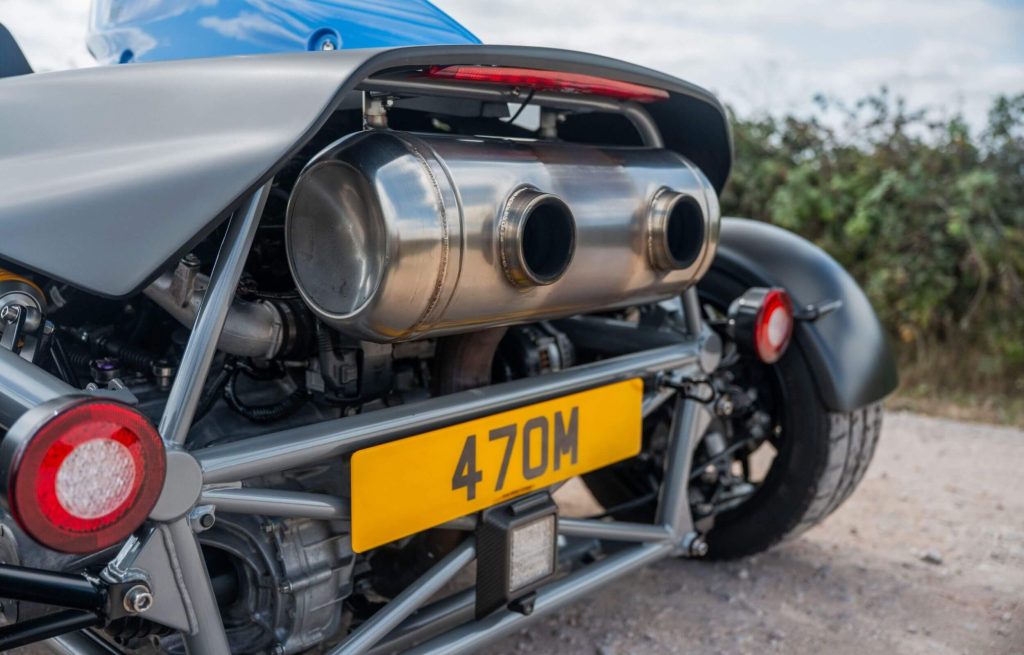
Classic car insurance from Hagerty
Keep your classic on the road with expert classic car insurance built by car lovers, for car lovers. Rated ‘Excellent’ on TrustPilot.









